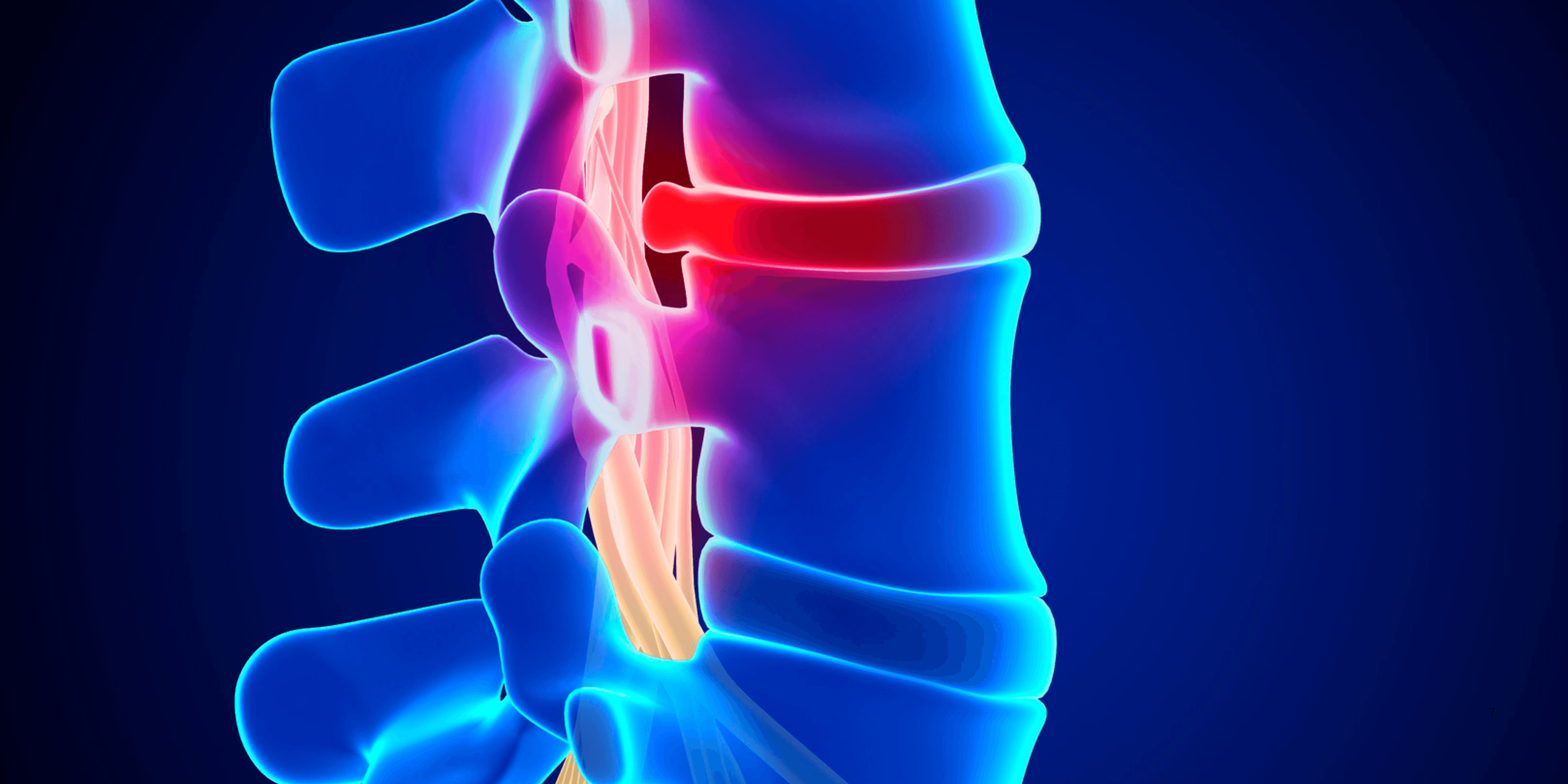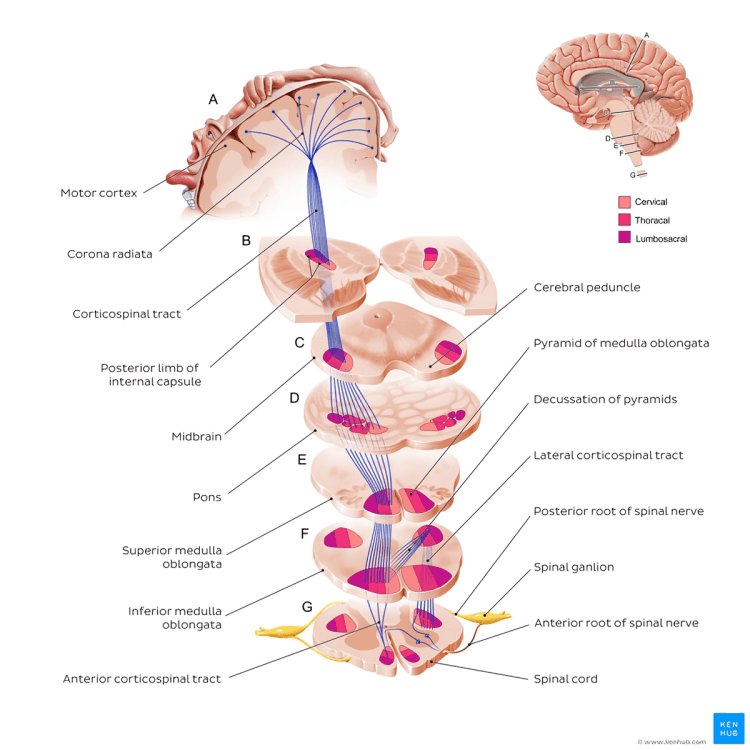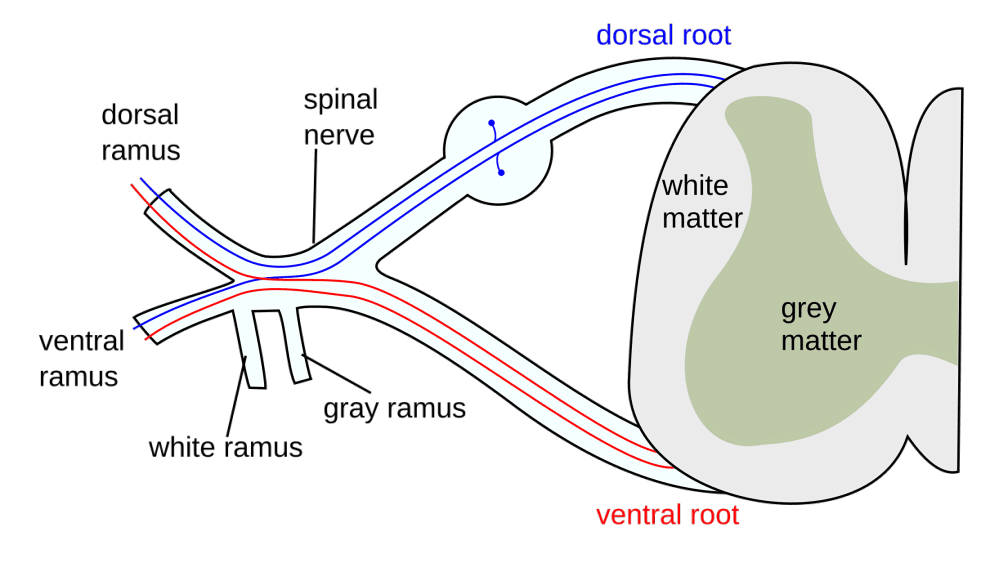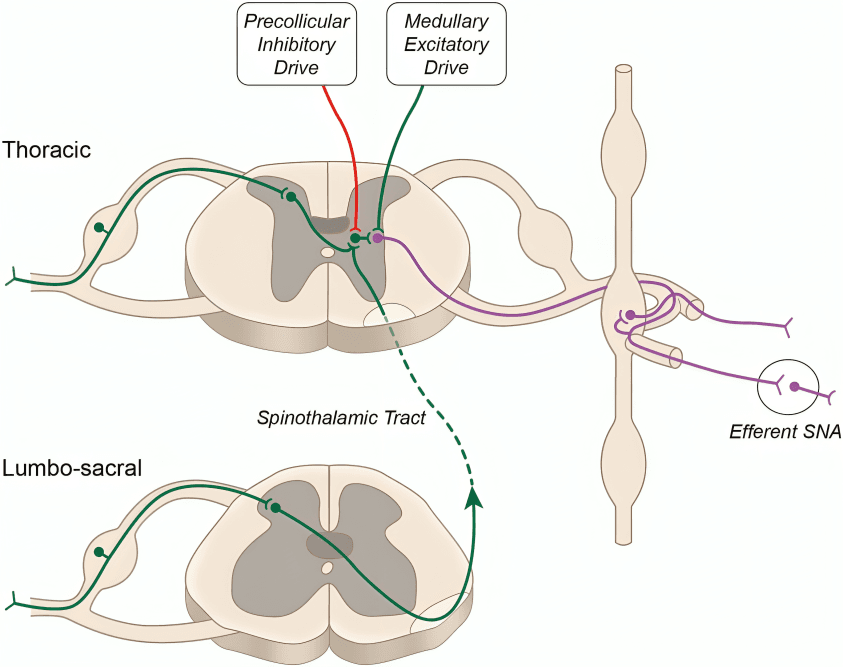
“
The nerve pathways in the spinal cord are vital communication highways that carry sensory and motor signals between the brain and body. These complex neural routes enable movement, reflexes, and vital bodily functions like breathing and digestion. The spinal cord contains ascending pathways that carry information to the brain and descending pathways that send commands from the brain.1
1
”
René Descartes, the philosopher who shaped modern neurology, believed nerve pathways in the spinal cord acted as strings pulling muscles—an early vision of motor control through spinal signals. 1
The spinal cord contains ascending tracts like the spinothalamic and dorsal column pathways, which transmit sensory data—such as pressure, temperature, or pain—from the body directly up to the brain. 2

Descending motor tracts in the spinal cord, like the corticospinal pathway, begin in the brain's motor cortex and direct voluntary muscle actions by synapsing with lower motor neurons in the spinal cord.
The spinal cord’s white matter houses myelinated axons grouped into columns; these include lateral, posterior, and anterior funiculi, each guiding specific signal types through the central nervous system. 3
Reflex arcs are automatic pathways in the spinal cord where sensory neurons connect directly or via interneurons to motor neurons, allowing rapid responses without involving the brain first. 4
The lateral corticospinal tract, the largest descending pathway, controls fine, skilled movements, especially of the limbs and digits, by crossing over in the brainstem and synapsing in the spinal cord. 5
The dorsal column-medial lemniscal pathway carries precise sensations of touch, vibration, and body position from peripheral nerves to the brain, enabling recognition of fine tactile detail. 6
Interneurons in the spinal cord create local circuits that integrate information and shape motor outputs, allowing flexibility and modulation in reflexes and voluntary movements. 7

Nerve roots exit the spinal cord between vertebrae, forming spinal nerves that combine motor (anterior root) and sensory (posterior root) fibers to reach muscles and skin regions.
Injuries to specific spinal cord regions can lead to predictable losses in motor and sensory function, depending on which nerve pathways are disrupted and which spinal levels are affected. 8
Central pattern generators, located in the spinal cord, are neuron networks capable of generating rhythmic motor patterns like walking, even without brain input, especially studied in animal models. 9
The fasciculus gracilis and fasciculus cuneatus in the dorsal columns help carry sensory signals from lower and upper parts of the body, respectively, toward the brain’s sensory cortex. 10
Upper motor neurons initiate movement from the brain, while lower motor neurons in the spinal cord deliver those commands directly to muscles via peripheral nerves. 11
The anterior corticospinal tract remains mostly uncrossed and is involved in controlling trunk muscles, particularly those related to posture and gross motor coordination. 12
The autonomic pathways in the spinal cord help regulate involuntary functions like heart rate, blood pressure, and digestion through sympathetic and parasympathetic neural circuits. 13

The integrity of nerve pathways in the spinal cord is often assessed clinically through reflex testing, coordination checks, and sensory mapping to detect neurological disorders or injury.
Degenerative diseases like multiple sclerosis and amyotrophic lateral sclerosis disrupt nerve pathways in the spinal cord, impairing sensory transmission, motor function, and coordination over time. 14
The spinal cord’s gray matter, shaped like a butterfly, contains cell bodies of neurons that integrate information and support local processing before signals travel along nerve pathways. 15
Neuroplasticity in the spinal cord allows some reorganization of nerve pathways after injury, where remaining healthy neurons may create new routes to partially restore function. 16
Neurosurgeon Dr. Harvey Cushing emphasized the significance of spinal pathways in medicine, pioneering spinal cord surgeries that advanced understanding and treatment of neurological disorders.17


